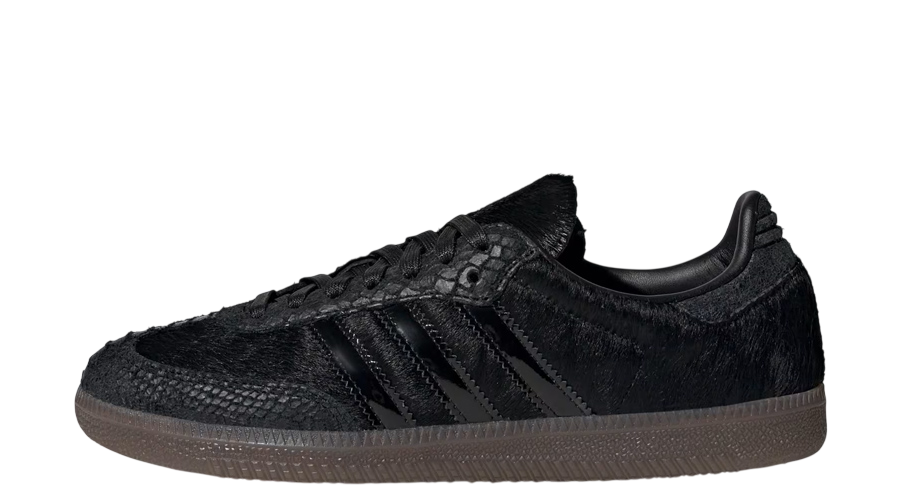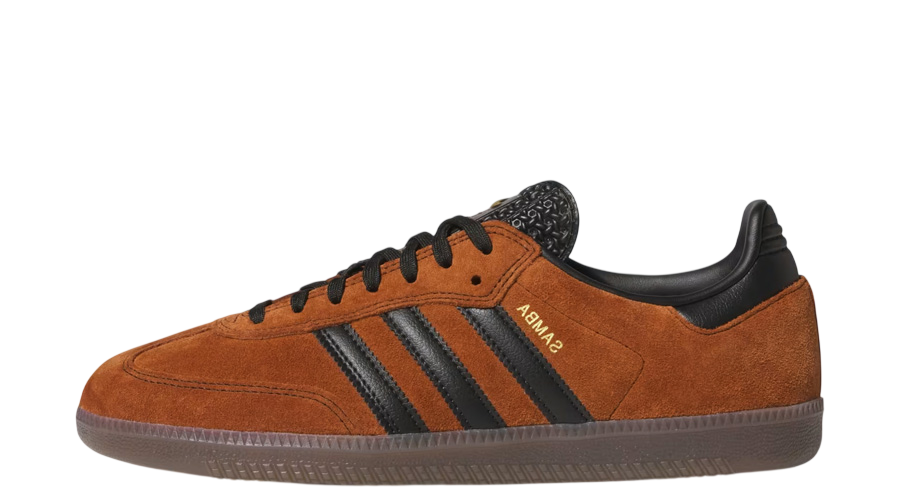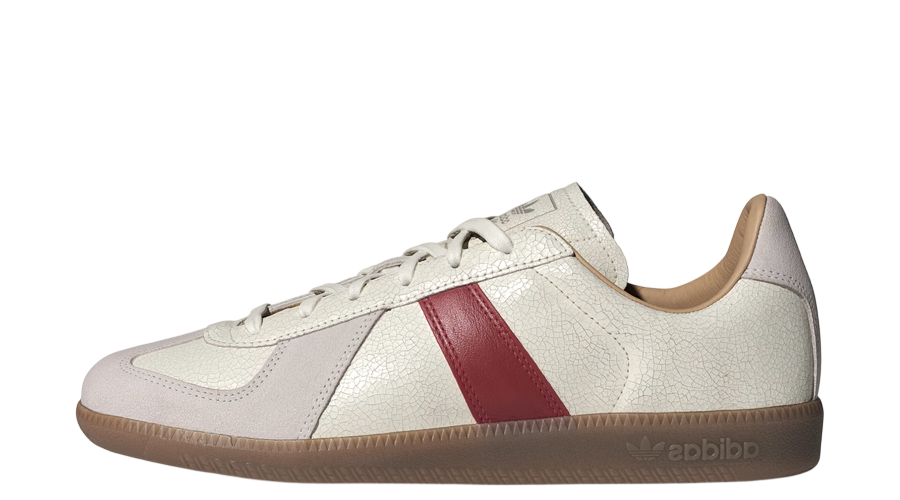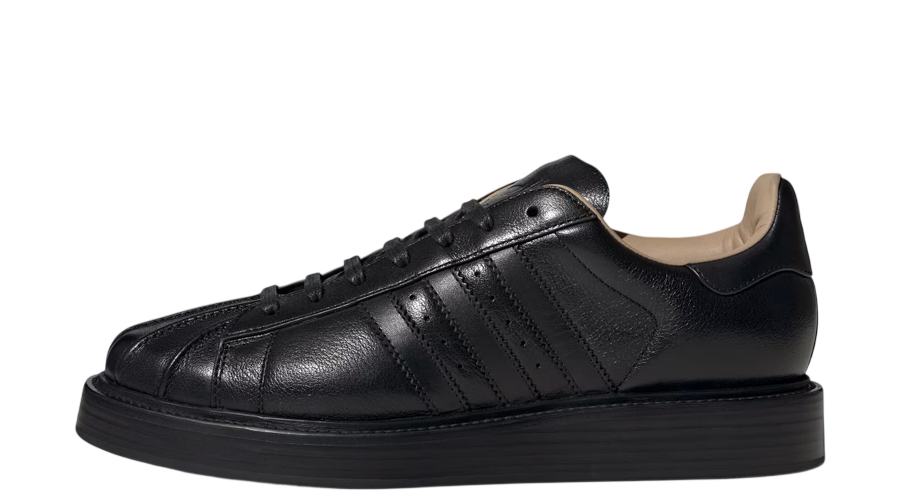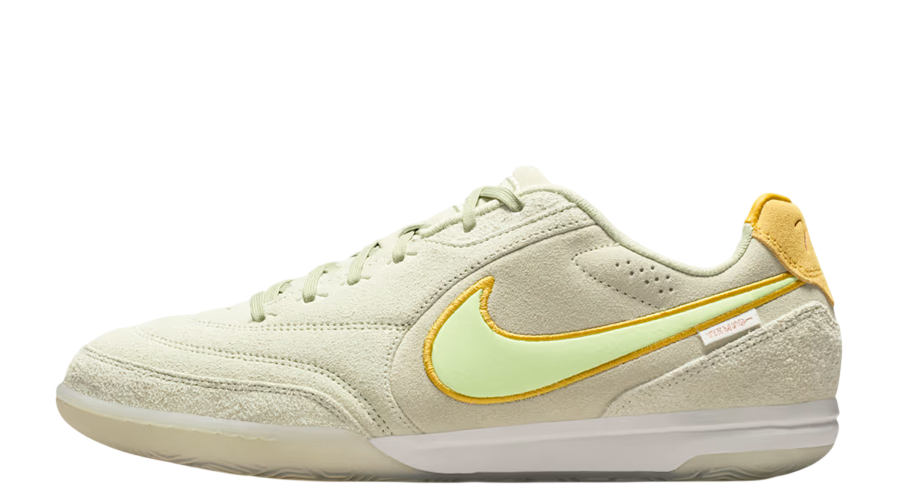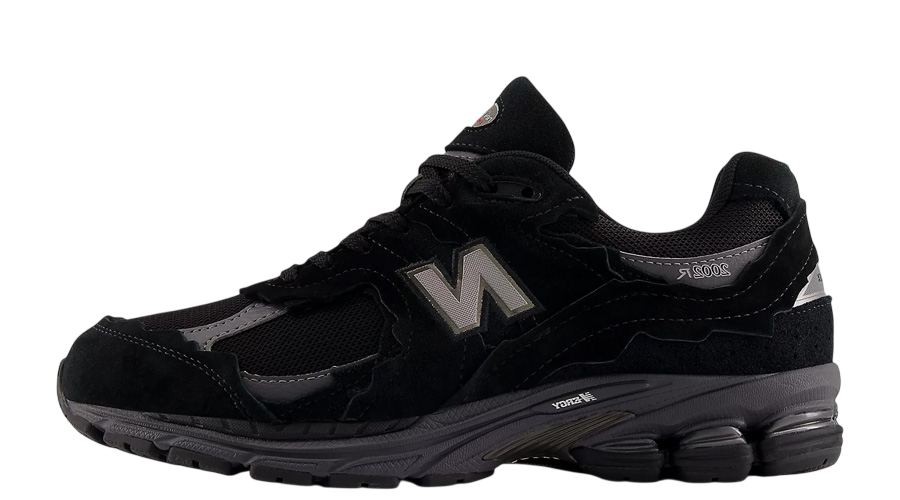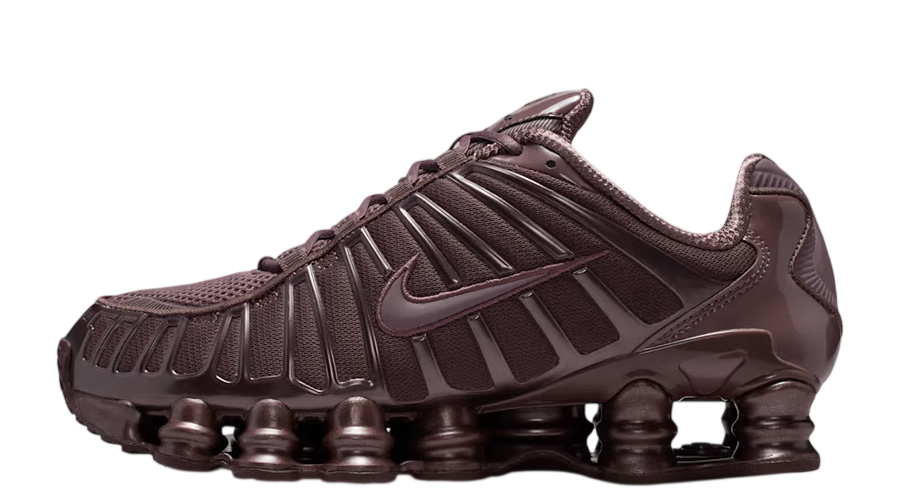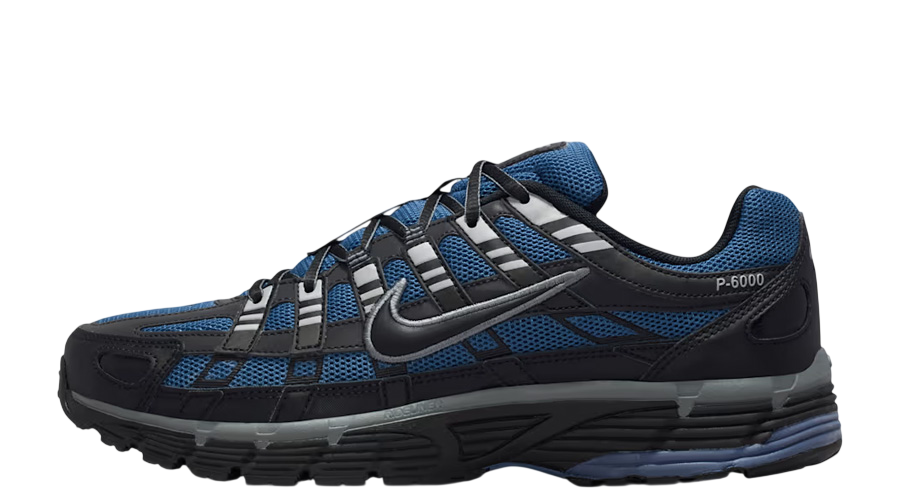How Does Nike Kids’ Sizing Work? TD, PS, GS Shoe Sizes Explained
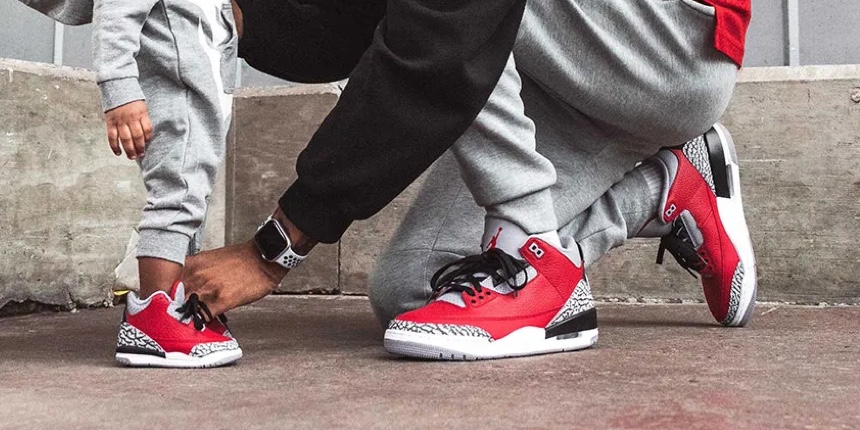
Navigating Nike kids’ shoe sizes – TD, PS, and GS – can be a real head-scratcher. We understand the challenge: these labels can be confusing, and getting the right size for your child’s feet is crucial. Proper sizing isn’t just about avoiding a tight squeeze; it’s about ensuring your child stays comfortable, whether they’re sprinting on the playground or just strolling around.
In this guide, we’ll be taking the guesswork out of Nike’s sizing system. We’ll break down each category, provide a detailed size chart, and share handy tips to help you make the right choice. Stick with us, and let’s simplify finding the perfect fit for your little ones.
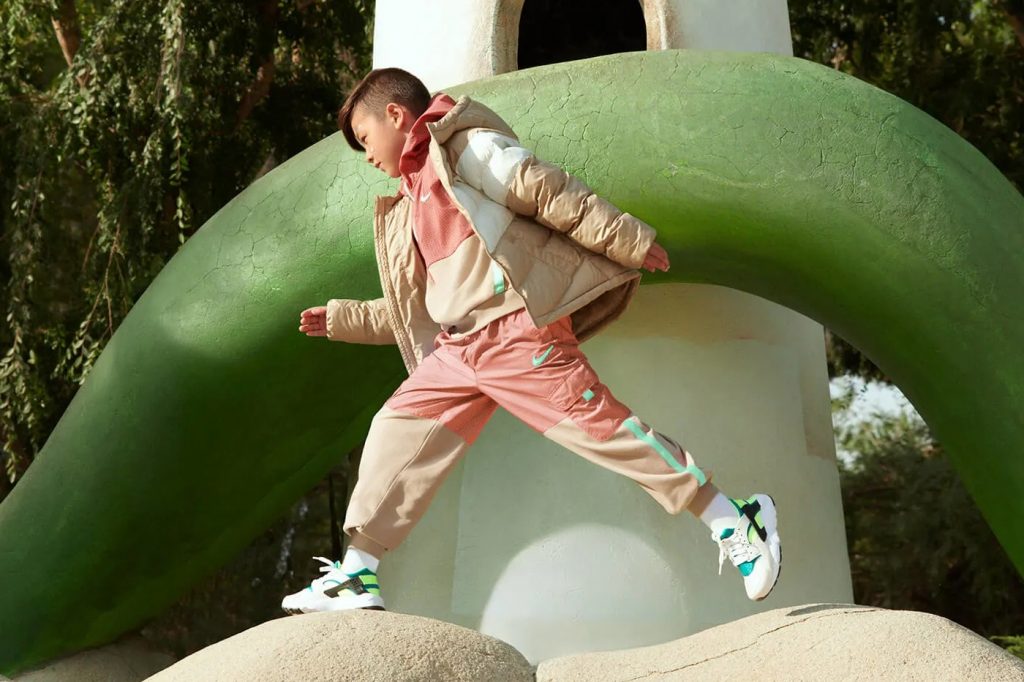
What Do TD, PS, and GS Sizes Mean?
When it comes to Nike kids’ shoes, understanding TD, PS, and GS sizes is key to finding the right fit. Here’s a quick breakdown:
TD (Toddler) sizes are designed for the youngest shoe wearers, typically ranging from about 1 to 4 years old. These sizes cater to toddlers who are just learning to walk and need shoes that offer both comfort and flexibility. TD shoes often feature extra cushioning, easy-to-use fastenings like velcro, and designs that accommodate growing feet.
PS (Preschool) sizes are meant for children aged roughly 4 to 7 years. At this stage, kids are more active and require shoes that provide a bit more support and durability. PS sizes include features such as reinforced toe caps and adjustable straps or laces. This ensures a secure fit while accommodating active play and growth.
GS (Grade School) sizes are designed for children aged 7 to 12 years. These sizes offer older kids shoes that resemble adult styles but are tailored for their growing feet. With sleek designs and advanced cushioning, GS shoes provide both comfort and style for everyday activities, ensuring your child feels great while looking trendy throughout their daily routine.
Nike Kids’ Shoe Size Chart
Babies & Toddlers Shoe Size Chart
| US – Kids’ | UK | EU | Foot Length (cm) |
|---|---|---|---|
| 1C | 0.5 | 16 | 9.1 |
| 1.5C | 1 | 16.5 | 9.5 |
| 2C | 1.5 | 17 | 10.0 |
| 2.5C | 2 | 18 | 10.4 |
| 3C | 2.5 | 18.5 | 10.8 |
| 3.5C | 3 | 19 | 11.2 |
| 4C | 3.5 | 19.5 | 11.6 |
| 4.5C | 4 | 20 | 12.0 |
| 5C | 4.5 | 21 | 12.5 |
| 5.5C | 5 | 21.5 | 13.0 |
| 6C | 5.5 | 22 | 13.3 |
| 6.5C | 6 | 22.5 | 13.8 |
| 7C | 6.5 | 23.5 | 14.2 |
| 7.5C | 7 | 24 | 14.6 |
| 8C | 7.5 | 25 | 15.0 |
| 8.5C | 8 | 25.5 | 15.5 |
| 9C | 8.5 | 26 | 15.9 |
| 9.5C | 9 | 26.5 | 16.3 |
| 10C | 9.5 | 27 | 16.7 |
Nike Younger Kids Shoe Size Chart
| US – Kids’ | UK | EU | Foot Length (cm) |
|---|---|---|---|
| 8C | 7.5 | 25 | 15 |
| 8.5C | 8 | 25.5 | 15.5 |
| 9C | 8.5 | 26 | 15.9 |
| 9.5C | 9 | 26.5 | 16.3 |
| 10C | 9.5 | 27 | 16.7 |
| 10.5C | 10 | 27.5 | 17.2 |
| 11C | 10.5 | 28 | 17.6 |
| 11.5C | 11 | 28.5 | 18 |
| 12C | 11.5 | 29.5 | 18.4 |
| 12.5C | 12 | 30 | 18.8 |
| 13C | 12.5 | 31 | 19.3 |
| 13.5C | 13 | 31.5 | 19.7 |
| 1Y | 13.5 | 32 | 20.1 |
| 1.5Y | 1 | 33 | 20.5 |
| 2Y | 1.5 | 33.5 | 20.9 |
| 2.5Y | 2 | 34 | 21.4 |
| 3Y | 2.5 | 35 | 21.8 |
Nike Older Kids Shoe Size Chart
| US – Kids’ | UK | EU | Foot Length (cm) |
|---|---|---|---|
| 1Y | 13.5 | 32 | 20.1 |
| 1.5Y | 1 | 33 | 20.5 |
| 2Y | 1.5 | 33.5 | 20.9 |
| 2.5Y | 2 | 34 | 21.4 |
| 3Y | 2.5 | 35 | 21.8 |
| 3.5Y | 3 | 35.5 | 22.2 |
| 4Y | 3.5 | 36 | 22.4 |
| 4.5Y | 4 | 36.5 | 22.7 |
| 5Y | 4.5 | 37.5 | 23.2 |
| 5.5Y | 5 | 38 | 23.5 |
| 6Y | 5.5 | 38.5 | 23.8 |
| 6.5Y | 6 | 39 | 24.3 |
| 7Y | 6 | 40 | 24.6 |
If you take a look at the size charts closely, you’ll notice that there is overlap between the “Younger Kids” and “Older Kids” categories. For example, sizes such as 1Y to 3Y US size or 13.5 to 2.5 in the UK sizes may appear in both sections. This occurs because children’s feet grow at different rates, and Nike’s sizing accommodates this by offering a range that can span across these categories. This way, you can find the perfect fit as your child transitions from one size group to the next, ensuring comfort and support as they grow.
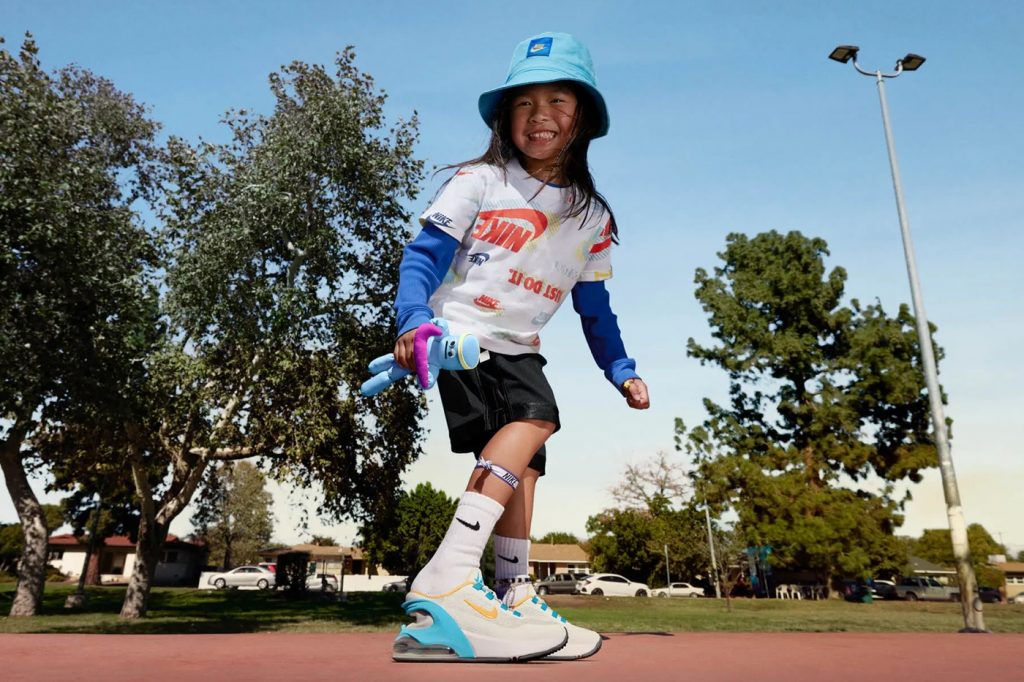
How Do You Measure Your Child’s Feet for Nike Sneakers?
Now that we have a clear understanding of Nike’s sizing and the detailed charts at hand, it’s crucial to ensure you get the right fit for your kid’s shoes. Accurate measurements are the key to selecting the perfect size and ensuring comfort and support. Here’s a step-by-step guide to help you measure your child’s feet at home:
Consider the Width:
If your child’s feet are wider than average, it’s important to ensure that the shoes will accommodate this. While width sizes are less commonly listed, many Nike models offer a standard width that fits most children. If you find the shoe is too narrow, consider looking for Nike models that are known for having a wider fit or consult with a Nike store for guidance. Sometimes, trying on different styles can also help find a better fit.
Gather Your Tools:
You will need a ruler or measuring tape, a piece of paper, a pencil, and a hard, flat surface.
Prepare the Paper:
Place the piece of paper on the floor against a wall. Make sure it’s perfectly flat and aligned with the wall.
Position the Foot:
Have your child stand straight on the paper with their heel touching the wall. Ensure their weight is evenly distributed on both feet to get an accurate measurement.
Trace the Foot:
Use the pencil to trace around the outline of your child’s foot. Keep the pencil perpendicular to the paper for an accurate shape. Make sure the tracing is as close to the foot as possible.
Measure the Length:
After tracing, use the ruler or measuring tape to measure from the tip of the longest toe to the back of the heel. This gives you the foot length in centimetres.
Check Both Feet:
Measure both feet, as one may be slightly larger than the other. Always use the larger measurement to determine the shoe size.
Consult the Size Chart:
Compare the measured foot length with Nike’s size chart to find the corresponding size. If your child falls between sizes, consider the size chart’s recommendation for growing room or consult with a Nike store for additional advice.
Tips for Choosing the Right Nike Kids’ Shoe Size
Choosing the right size for your child’s Nike shoes involves more than just matching foot measurements to a size chart. Here are some practical tips to ensure you select the best fit:
Consult Nike’s Fit Guides:
Nike often provides fit guides and recommendations for each shoe model on their website. These guides can offer additional insights into how a specific style fits compared to others.
Account for Growth:
Children’s feet grow quickly, so it’s wise to choose a size that allows for some growth. Typically, adding about half a size to a full size to the measured length will provide enough room for growing feet. This helps avoid having to buy new shoes too frequently and ensures comfort as their feet develop.
Consider Width and Fit:
While the length is crucial, the width of the shoe is also important. Many Nike shoes come in standard width, but if your child has wider feet, look for models known for a roomier fit or check if wider options are available. A well-fitting shoe should not be too tight or too loose; it should provide enough space for comfortable movement without pinching or causing blisters.
Try Shoes on in the Afternoon:
Feet tend to swell slightly throughout the day, so it’s best to try on shoes in the afternoon when feet are at their largest. This helps ensure that the shoes will still be comfortable by the end of the day.
Check for Proper Fit:
Ensure there is about a thumb’s width of space between the tip of the shoe and your child’s longest toe. The heel should fit snugly without slipping, and the shoe should provide support across the arch and ball of the foot.
Consider Different Nike Models:
Nike offers various models with different fits and features. Some styles may be better suited for narrow or wide feet, and certain designs may offer additional support or cushioning. If possible, have your child try on different models to find the best fit.
Look for Adjustable Features:
Shoes with adjustable features like laces or Velcro straps can provide a more customised fit. These features allow for adjustments as your child’s feet grow and change shape.
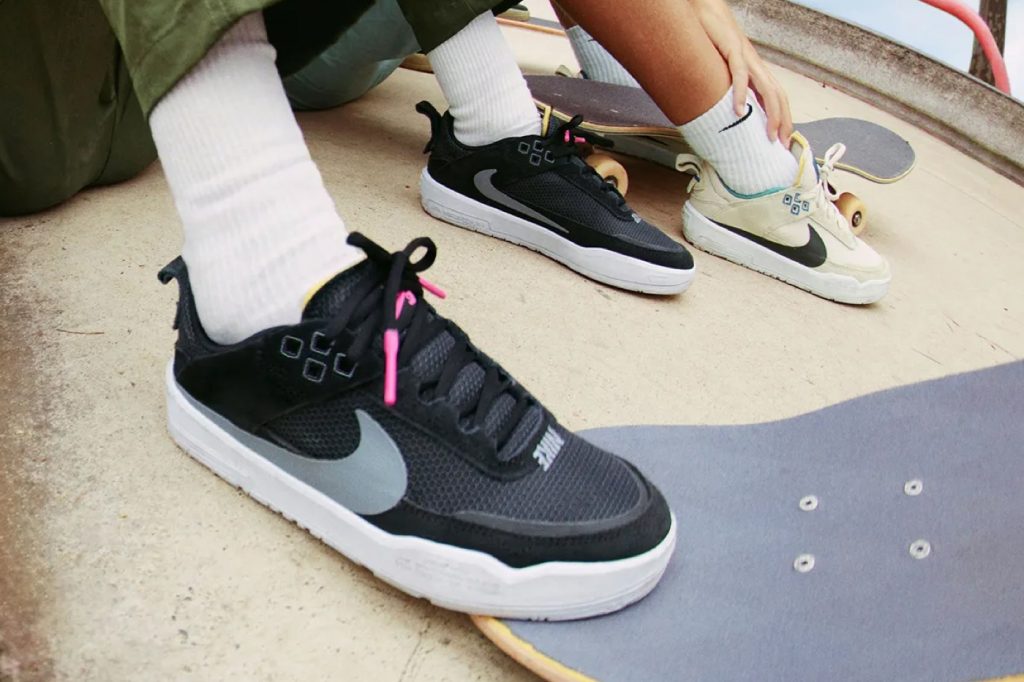
Common Issues with Kids’ Shoe Sizing
Inconsistent sizes across brands: Sizes vary by brand. Use the specific brand’s size chart and measure your child’s feet before buying. Check the return policy for exchanges if needed.
Feet between two sizes: Choose the larger size to accommodate growth. Use insoles or thicker socks to adjust the fit.
Discomfort from new shoes: New shoes may cause discomfort. Ensure they fit properly, and break them in gradually. Use cushioning insoles if needed.
Shoes not suited for specific activities: Choose shoes designed for the activities your child participates in, such as running shoes for sports. Ensure they provide proper support and cushioning.
Difficulty finding the right fit online: Use accurate measurements and refer to size charts. Read reviews for sizing tips and check the return policy for exchanges.
Shoes too tight or loose: Ensure about a thumb’s width of space between the toe and the end of the shoe. Choose the correct size or adjust with insoles if needed.
Issues with arch support and cushioning: Select shoes with good arch support and cushioning. Look for features like built-in supports or removable insoles for orthotics.
Misalignment with growth spurts: Measure feet every two to three months and update shoe size as needed. Consider adjustable shoes and encourage regular checks.
The Bottom Line
Choosing the right size for your child’s Nike shoes can make a significant difference in their comfort and foot health. While it might be tempting to buy a larger size with the idea that your child will grow into it, remember that proper fit is crucial for preventing discomfort and ensuring optimal performance.
For younger children, it’s common to hear that “big shoes are better because they’ll grow into them,” but as they approach their teenage years—around 14 for girls and 16 for boys—foot growth generally slows down and may even stop. At this stage, it’s essential to focus on accurate sizing to avoid issues like blisters or improper support.
Encourage your child to get fitted for the right size and explain that while it’s okay to plan for growth when they’re younger, they should aim for a proper fit as they get older. This approach helps prevent the common problem of shoes that are too large, which can result in discomfort and difficulties in finding the right fit later on.
Choosing the correct size now not only supports their comfort but also sets a good precedent for them to understand the importance of wearing well-fitting shoes in the future.
Frequently Asked Questions
What is the difference between TD, PS, and GS sizes?
TD (Toddler) sizes are for young children, typically aged 1 to 4 years. PS (Preschool) sizes fit kids aged 4 to 7 years, while GS (Grade School) sizes cater to children aged 7 to 12 years.
What if my child’s foot width doesn’t match the standard size?
If your child’s foot is wider than the standard width, consider looking for Nike shoes with wider options or adjust the fit with insoles. Always check product descriptions for width availability.
Can I use the Nike size chart for other brands?
Nike’s size chart is specific to their sizing standards. While it can provide a general idea, always refer to the size chart of the specific brand you’re purchasing to ensure the best fit.
Can I return or exchange Nike shoes if they don’t fit?
Nike’s return policy allows for exchanges or returns if the shoes don’t fit. Ensure you follow their guidelines for returns and keep the original packaging and receipt.
How often should I check my child’s shoe size?
It’s advisable to check your child’s shoe size every 3 to 4 months, especially if they are in a growth spurt. Regular checks help ensure they are wearing the correct size for optimal comfort.
